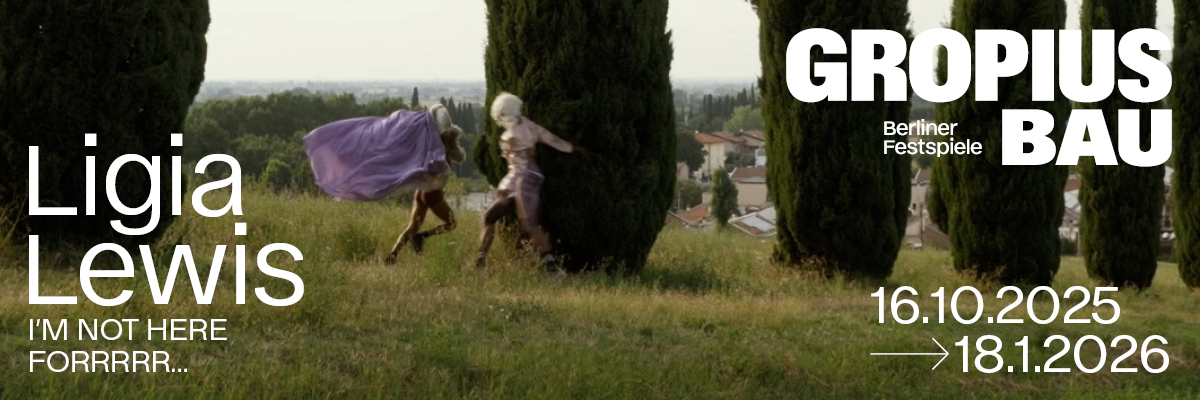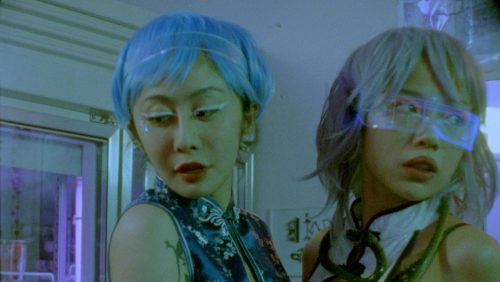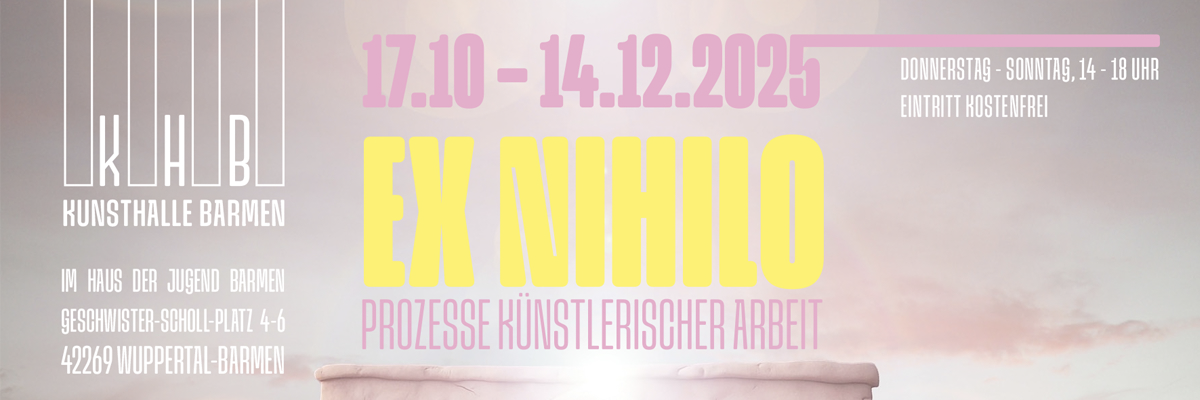
Hannah Hyun Jeong, Ju Young Kim, Younsik Kim, Chaeeun Lee and Jimmy Vuong
Dinosaurs were birds too
Project Info
- 💙 space n.n.
- 💚 Tinatin Ghughunishvili-Brück
- 🖤 Hannah Hyun Jeong, Ju Young Kim, Younsik Kim, Chaeeun Lee and Jimmy Vuong
- 💜 Tinatin Ghughunishvili-Brück
- 💛 Younsik Kim
Share on
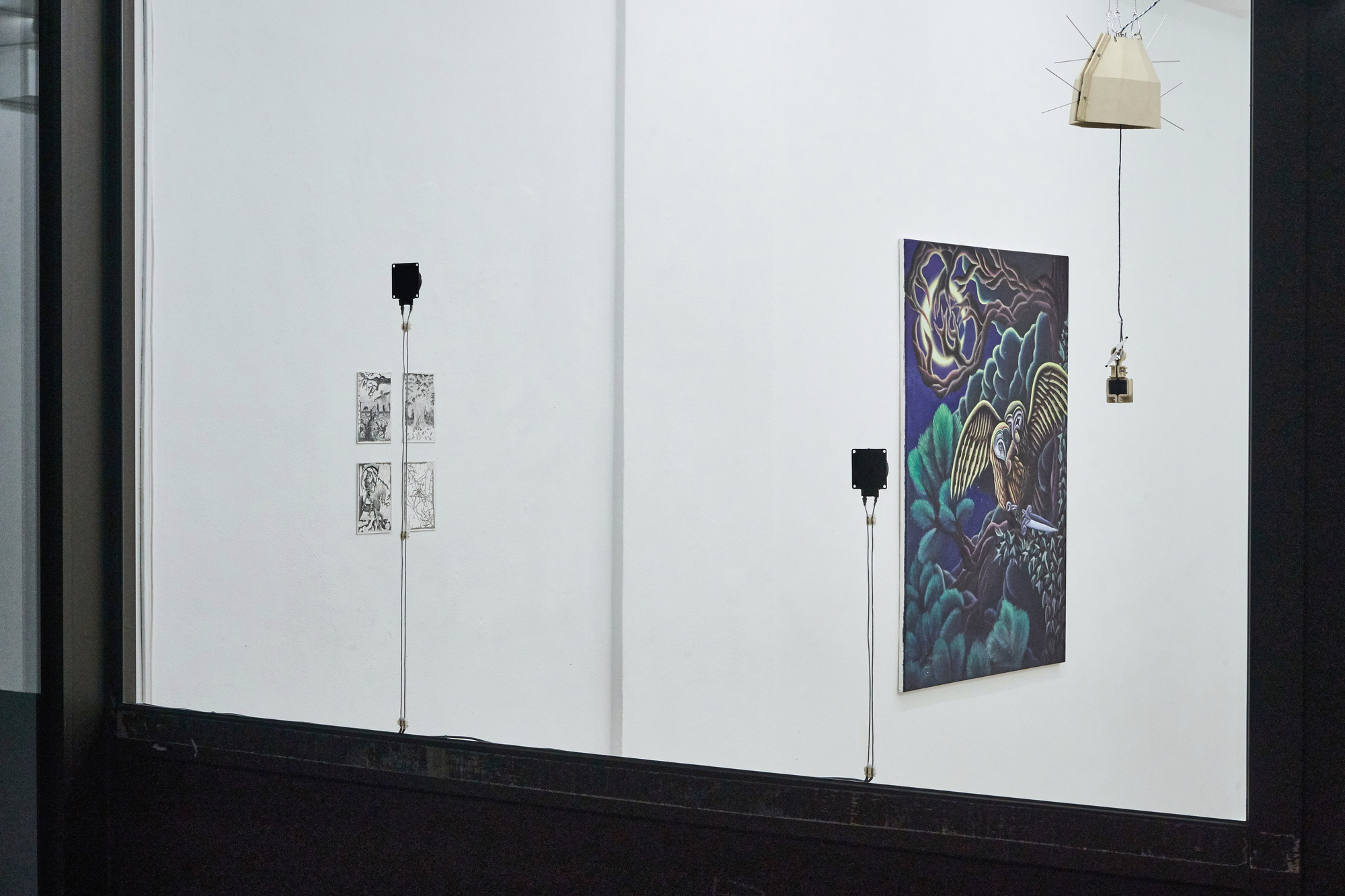
Exhibition view: works by Younsik Kim, Chaeeun Lee and Jimmy Vuong
Advertisement
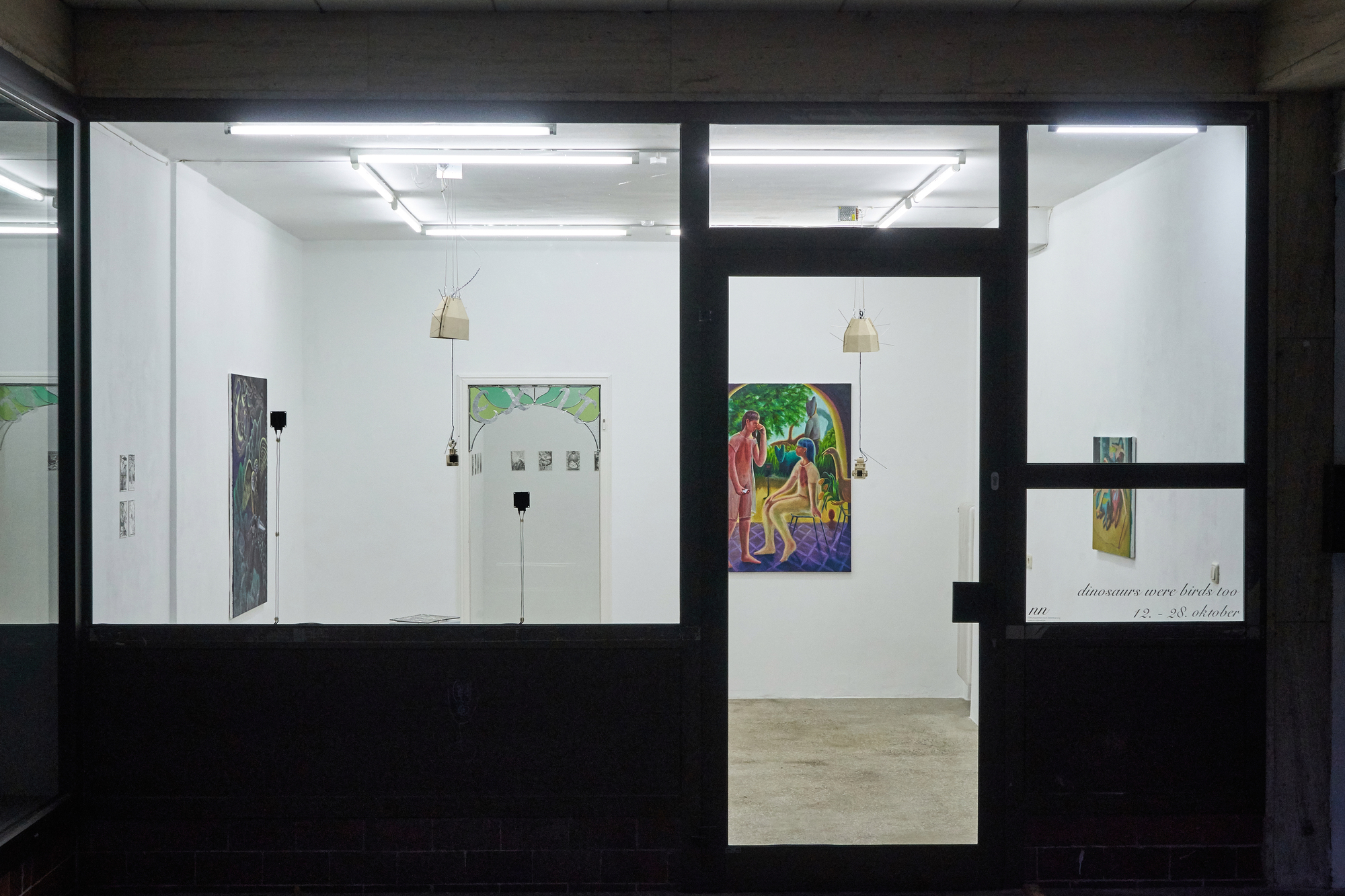
Exhibition view: works by Hannah Hyun Jeong, Ju Young Kim, Younsik Kim, Chaeeun Lee and Jimmy Vuong

Exhibition view: works by Hannah Hyun Jeong, Ju Young Kim, Younsik Kim and Jimmy Vuong
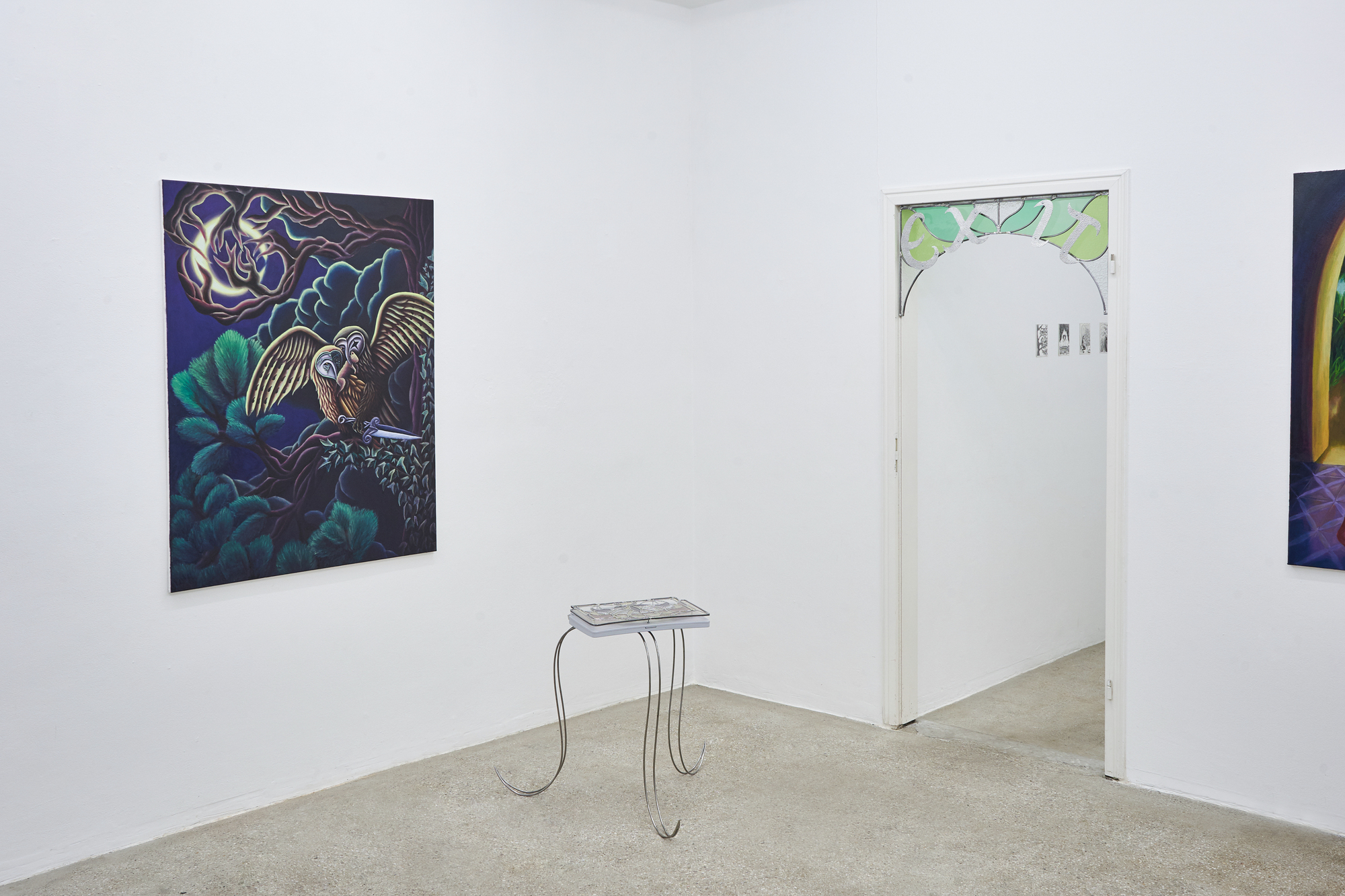
Exhibition view: works by Ju Young Kim and Chaeeun Lee

Exhibition view: works by Ju Young Kim
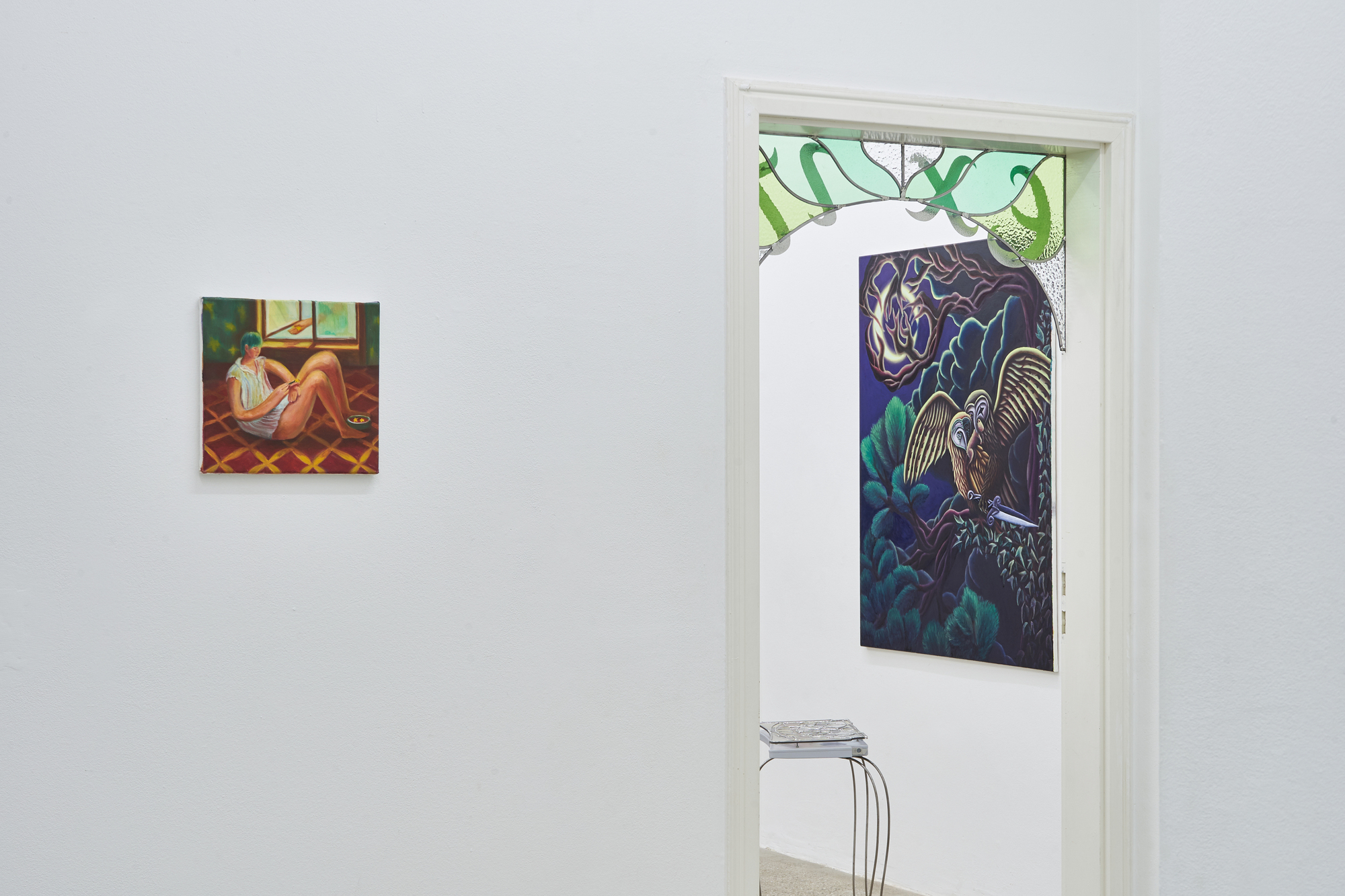
Exhibition view: works by Hannah Hyun Jeong and Jimmy Vuong

Ju Young Kim „In the night I wish you a good day“ 2023, Aircraft tray table, Glass, Lead, Tin, Stainless steel 77 x 69 x 63.5 cm

Ju Young Kim „In the night I wish you a good day“ 2023 (Detail), Aircraft tray table, Glass, Lead, Tin, Stainless steel 77 x 69 x 63.5 cm

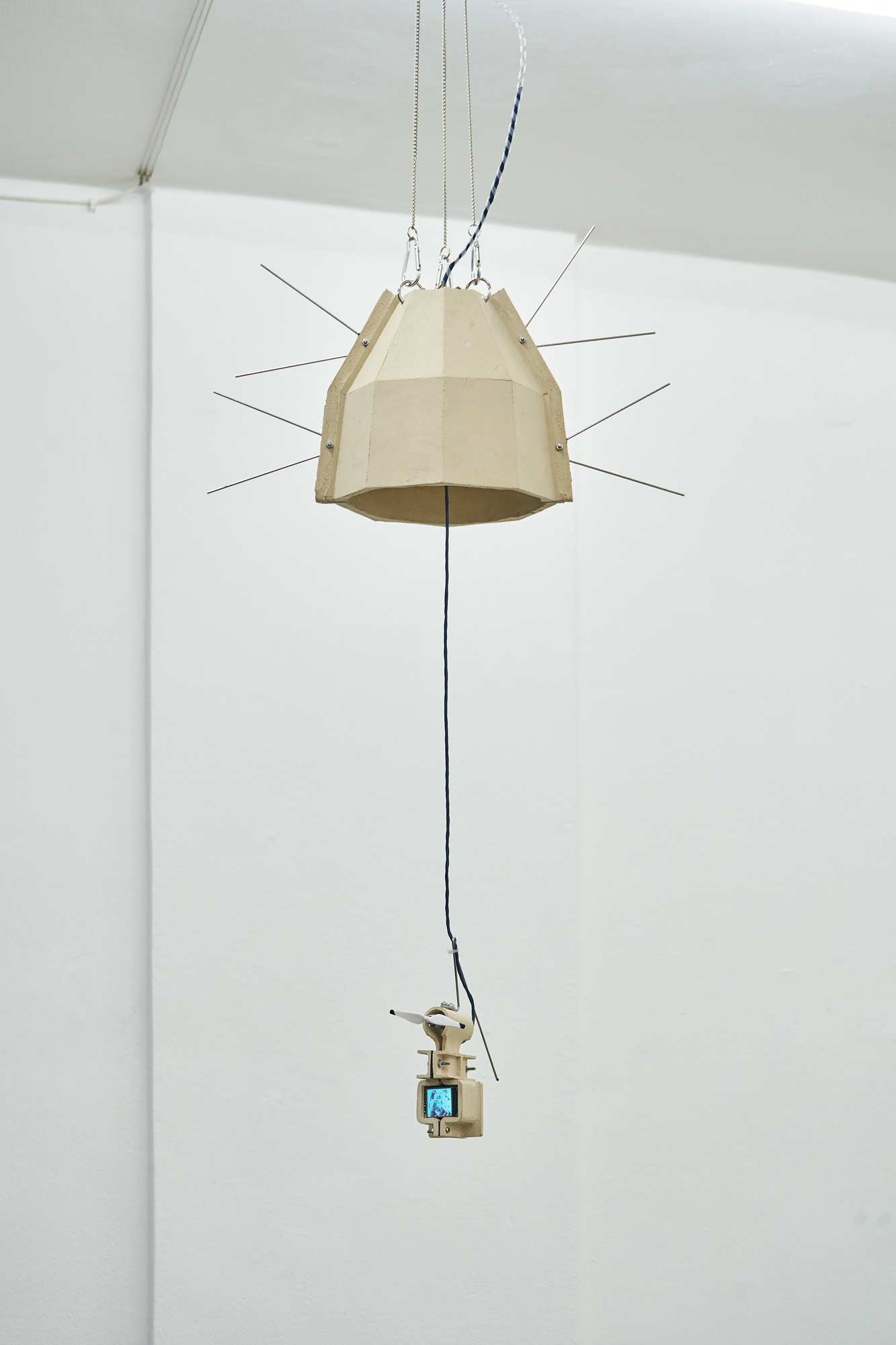
Younsik Kim Untitled 2023 Ceramic, stainless steel, LCD display, motor, abs plastic, Arduino processor Variable dimensions ( Three piece object )

Younsik Kim Untitled 2023 Ceramic, stainless steel, LCD display, motor, abs plastic, Arduino processor Variable dimensions ( Three piece object )
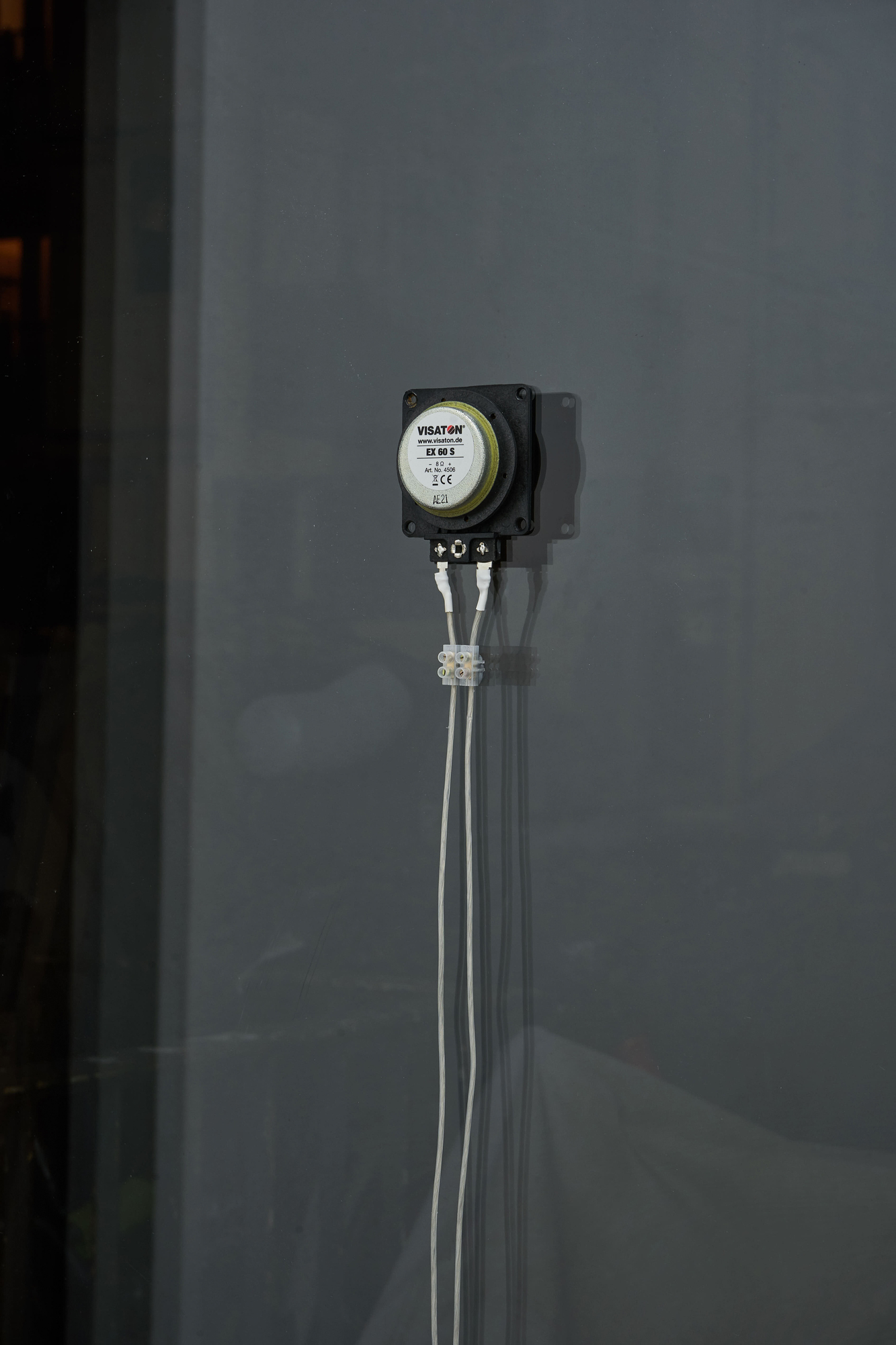
Chaeeun Lee, First wing, 2023 Multi-channel sound installation, field recordings, found audio material, 21 min loop Dimensions variable

Younsik Kim, Untitled, 2023, Ceramic, stainless steel, LCD display, motor, abs plastic, Arduino processor Variable dimensions ( Three piece object )

Hannah Jeong, It’s Not A Bye I Will Be Watching here, 2023, 120 x 100 cm
"- Raphael: Ah, nature. I love it. Makes me want to, I don't know, migrate or something.
- Donatello: Turtles don't migrate, Raph. Birds do!"
Certain migratory bird species cover impressive distances of up to 10,000 kilometers each year to ensure their survival. Some of the smaller birds, such as nightingales and swallows, cross the Alps, the Mediterranean, and the Sahara, for instance, to winter in West Africa. These birds adapt remarkably quickly to their new climatic environments after undergoing an extremely demanding journey. Some even travel alone, making them one of the few species, alongside humans, to practice such "migration" outside of groups, leaving their original habitats.
This survival strategy imposed by nature on birds is both arduous and impressive, evoking thoughts of the challenges often faced by people who move abroad for various reasons. However, unlike birds, humans often struggle to adapt to new environments. This may be due, in part, to prejudices and fears about foreigners that manifest themselves in bureaucratic processes and daily life. It's worth noting that Homo sapiens was, for the longest period of its existence, Homo migrans. It was only with the onset of the Neolithic era between 20,000 and 10,000 BC that humans began practicing agriculture and adopting sedentary lifestyles. Sedentism, development, and what we call progress brought forth strong geographical and cultural affiliations, causing us to forget our shared origin, among all the wonderful achievements of humanity.
Expanding this perspective not only to the origin of the human species but to all living beings in our known universe provides a profoundly deep outlook. This extended perspective can be seen as a significant tool for overcoming xenophobia, as it guides us toward promoting acceptance and recognition of the diverse nuances and fluid boundaries of identities. The reference to "identifying" with birds in the conceptual framework of this exhibition sheds a bright light on the idea that our human identity is not set in stone but rather a multifaceted fabric. Accepting animals as part of human identity opens the door to broader acceptance and appreciation of diversity. It encourages us to celebrate and promote queer and diversity-related identities. This leads to a society that not only respects the various facets of the human experience but also views them as enriching for all of us.
In this context, it is not surprising that the artists in this exhibition demonstrate a deep interest in themes such as identity change, adaptation, changes in living environments, and transient states. All five of them have left their familiar surroundings or have grown up in families with immigrant backgrounds. In a way, the metaphor of migratory birds reflects the ongoing adaptation to life in a transitional space, be it physical or emotional.
Hannah Hyun Jeong, born in 1997 in Seoul, South Korea, creates a magical world in her oil paintings where the depicted figures merge with their surroundings in a dreamlike manner, becoming one with them. This world is inhabited by beings that seem to emerge directly from her daydreams, childhood memories, and the unique visual vocabulary of her homeland. These beings can turn their innermost feelings outward, transforming the pulsating of their hearts into radiant light and the rhythm of their lungs into tangible temperature. The color scheme in her paintings follows a symbolic order that generates simultaneous intensity and translucent lightness.
The artistic practice of Ju Young Kim, born in 1991 in Seoul, South Korea, encompasses installations and objects using materials such as glass, ceramics, metal, plastic and transport modules, the components of transport systems of aircraft and cars, for example, as well as elements that include landscapes and anonymous objects. The visual aesthetic of her works is characterized by the precision of form, color ambiguity, and often surreal elements. In her conceptual explorations, expressed in past and current series, she examines the relativity of space and time from the perspective of a transcontinental traveler. She investigates transitional states expressed through transformations of various physical and symbolic attributes that mostly occur in the so-called "transit zones" of our lives.
The work of Younsik Kim, born in 1992 in Seoul, is marked by the consistent reuse of themes and materials from his previous works. He establishes new relationships between his objects, his biography, and fiction. His multimedia, often dynamic objects serve as a method for his artistic exploration. This is also evident in his multipart work "Birds," in which he references pigeons in both formal and symbolic ways. Pigeons are a recurring focus in Kim's art. These birds are often involuntarily present in large numbers and are frequently seen as nuisances in urban areas, leading to their displacement. Kim draws a parallel between the overproduction of artworks, which are often forgotten, and the displaced pigeons. He closely observed changes in the pigeons' habitats and endeavors to critically question these developments.
Chaeeun Lee, born in 1993 in Cheongju, South Korea, is a multimedia artist. Her focus lies in the exploration of global social issues, the ecology of images, and the impact of post-internet images on contemporary consciousness. In her work, she expresses a critical perspective on the world through various digital media. She has particularly delved into environmental issues and human identity in the context of coexistence between humans and non-human animals. Inspired by the self-definition of Therians as individuals with animal spirits, she reflected on how this perspective could influence the perception of nature and the environment. Her sound installation provides a respectful and anonymous glimpse into the world of people who have chosen the pathways of birds for their lives and communication.
Jimmy Vuong, born in 1995 in Munich, specializes in painting and drawing. He transforms the world of emotions and their everyday manifestation in his immediate environment into a dense network of visual narratives. These narratives create a unique cosmos, yet they are influenced by the visual language of chivalric epics, Western and Eastern iconography, and art history. His small drawings, which are an essential part of his oil paintings, are just as detailed and compositionally mature as his large-scale works in oil. Despite the multitude of depictions, one can always recognize the universal and timeless symbols that bloom within the images. They are like artistically woven stories that narrate themes such as life and death, love and disappointment against the backdrop of the romanticized form of flora and fauna.
Tinatin Ghughunishvili-Brück
